Graphics Reference
In-Depth Information
{
}
GH
=
gH g G
Œ
and
(
)
◊
(
)
=◊
(
)
gH
g H
g g H
,
1
2
1
2
for all g
1
, g
2
ΠG.
It is straightforward to check that the normality of H implies that (G/H,·¢) is a
well-defined group usually denoted simply by G/H. If H is the trivial subgroup, then
one always identifies G/H with G in the natural way.
B.4.16. Example.
If G =
Z
9
and H = {0,3,6}, then G/H ª
Z
3
.
If G =
Z
2
and H =
Z
, then G/H ª
Z
.
B.4.17. Example.
B.4.18. Example.
If G =
Z
and H = {kn | k Œ
Z
}, then G/H ª
Z
n.
B.4.19. Lemma.
Let G and H be groups. If f : G Æ H is a surjective homomorphism,
then
(
)
HG
ª
ker
f
.
Proof.
Let K = ker f. Simply check that the map
GK
Æ
Æ
()
H
gK
f g
is an isomorphism.
A group G is said to be
cyclic
if G = {1, g, g
2
, . . .} for some fixed element
Definition.
g in G.
It is easy to see that a cyclic group G is abelian and that the group G in the defi-
nition is just
Z
g using additive notation. The standard examples of cyclic groups are
ZZ
=
1
and
ZZ
=
k for k in
,
Z
and k relatively prime to n
.
n
n
It follows from the next lemma that there are no others.
B.4.20. Lemma.
A cyclic group G is isomorphic to either
Z
or
Z
n
for some positive
integer n.
Proof.
Let G =
Z
g and define a homomorphism


